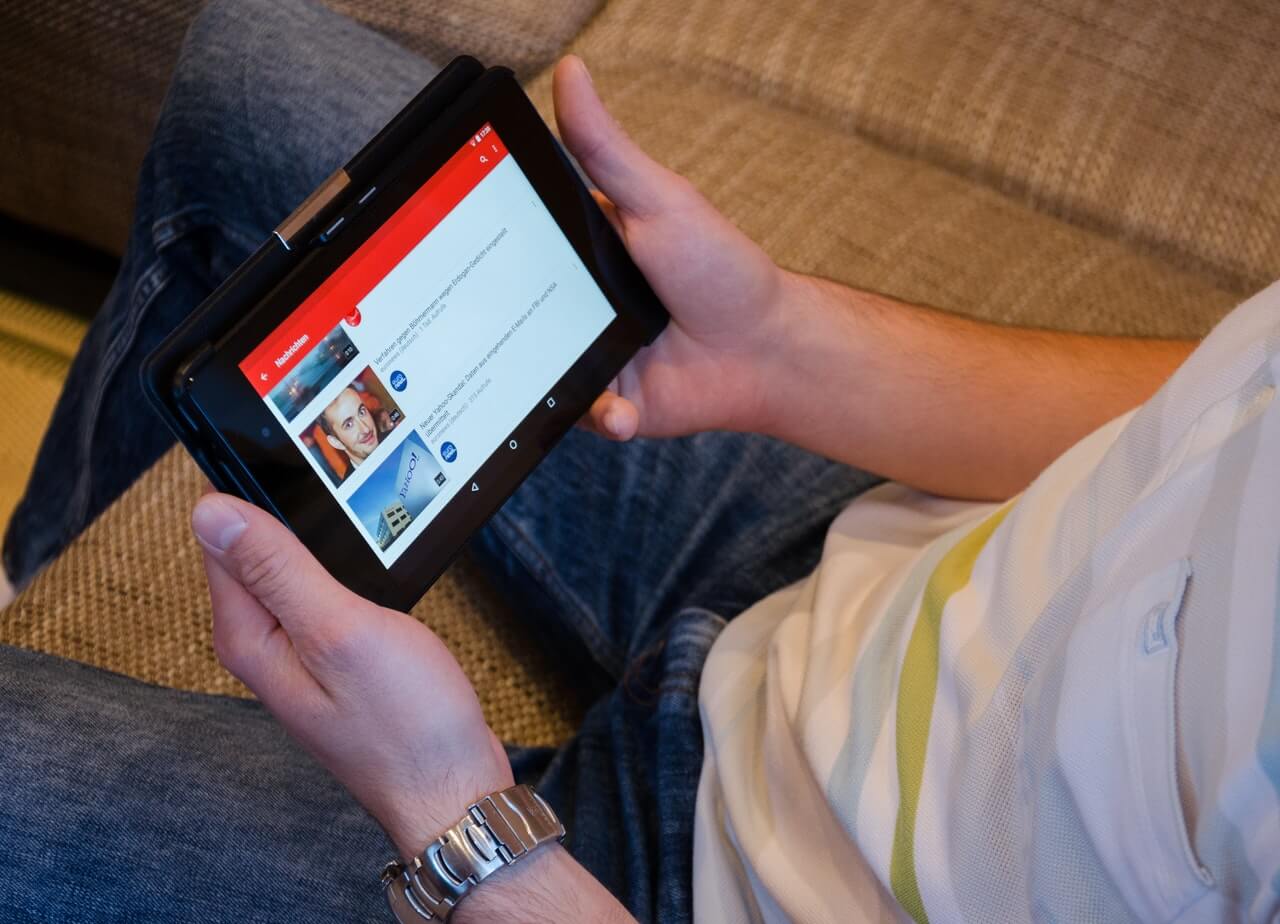This is a companion piece to Board Recruitment –Don’t Expect the “Fully Loaded Potato” at First at my blog at marionconway.com.
 Having a board recruitment event gives Boards and Executive Directors a chance to work together on this important responsibility. Every Board needs to be active in bringing in new members. It is an essential part of their leadership.There are whole books written on recruitment. The focus for this article is a sample process for planning and hosting a successful board recruitment event.
Having a board recruitment event gives Boards and Executive Directors a chance to work together on this important responsibility. Every Board needs to be active in bringing in new members. It is an essential part of their leadership.There are whole books written on recruitment. The focus for this article is a sample process for planning and hosting a successful board recruitment event.Determine what skills you need to develop on the Board. This is an analysis specific to your organization. If you have three lawyers you don’t need another one. Does your Board need someone with financial management, marketing, building management, human resources or other skills? Did I forget fundraising? No I didn’t forget it.People with fundraising skills are either already on a Board that they are very committed too or they are burnt out. If you know someone who isn’t in one of these categories and is a skilled fundraiser, roll out the red carpet. Otherwise plan on developing fundraising skill for all of your Board members.
Governance Committee Chair’s Presentation
The presentation should include:
-Roles and Responsibilities of the Board
-Expectations of Individual Board Members
-Qualities of Board Members
Interactive Activity
Pass out large sheets of construction paper. Ask each person to draw a picture that represents their associationwith the mission of the organization or what they could envision it being if they are a guest. Have everyone share their picture with people at their table. The facilitator can ask volunteers at each table to share with the whole group. This activity helps wind the evening down on a positive tone still focused on the mission of your organization.
Wrap Up and Next Steps
Ask each guest to fill out an “Interest Form” or an application. If you are seeking committee members who may not also be Board members then you need to talor your form that that you give to attendees. Explain that the ED and a Board Member will follow-up with a tour of your facilities or invitation to one of the organization’s events.
Closing the Deal
Once you have completed the post recruitment visit, it is time for the close. Either the ED or Governance Committee member should now ask the invitee to join the Board and feel comfortable about making a sales pitch. If the person has stayed with you up to this point you should be able to close the deal.
Summary
This is only one suggestion for a recruitment plan. There really is no one size fits all that works for all organizations. Each organization has a different set of parameters to deal with when recruiting board members. It is worth it to make the investment of upfront analysis and planned recruiting to attract the type of board members you need.
——————
For more resources, see our Library topic Nonprofit Capacity Building.
___________






 An important issue for Boards and EDs is financial management. An amazing 42% of executive directors say that they don’t thoroughly understand the financial underpinnings of their organizations. At the same time boards of directors are evermore focused on financial oversight. In my experience financial management issues can be a key point of tension between a board and an ED. In addition to being a primary contributor to executive director burnout, financial instability can threaten an organization’s ability to carry out its mission and its very existence. EDs definitely need more training and development in this area and Board members with skill should think about providing skill development and not just oversight to EDs in this area. One of my favorite biographies was that of Kathryn Graham of the Washington Post. When her husband died, she became Board Chair and was ill prepared for the job. Warren Buffett was on the board and he would meet with her before each Board meeting and basically trained her on financial management. We need more Board members who are willing to step up to this task.
An important issue for Boards and EDs is financial management. An amazing 42% of executive directors say that they don’t thoroughly understand the financial underpinnings of their organizations. At the same time boards of directors are evermore focused on financial oversight. In my experience financial management issues can be a key point of tension between a board and an ED. In addition to being a primary contributor to executive director burnout, financial instability can threaten an organization’s ability to carry out its mission and its very existence. EDs definitely need more training and development in this area and Board members with skill should think about providing skill development and not just oversight to EDs in this area. One of my favorite biographies was that of Kathryn Graham of the Washington Post. When her husband died, she became Board Chair and was ill prepared for the job. Warren Buffett was on the board and he would meet with her before each Board meeting and basically trained her on financial management. We need more Board members who are willing to step up to this task.








